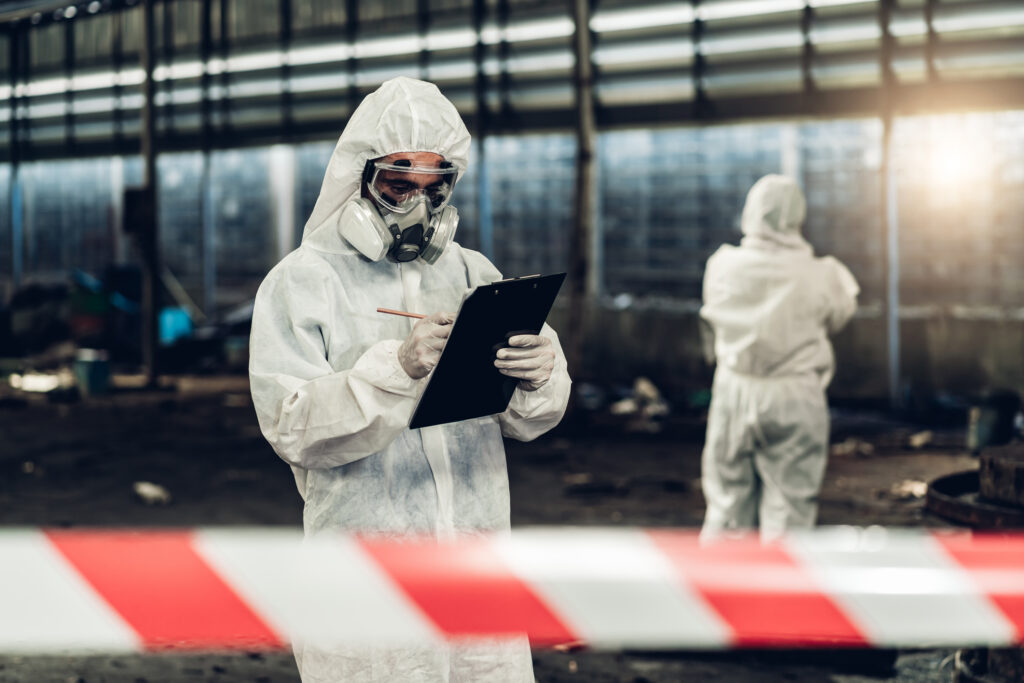CSB Releases Second Volume of Chemical Incident Reports, Highlighting Continued Safety Failures

The U.S. Chemical Safety and Hazard Investigation Board (CSB) has released a second volume of incident reports detailing 25 serious chemical releases that occurred across 14 states between May 2020 and August 2024. The new report expands on the agency’s efforts to improve transparency by offering detailed accounts of each incident, including probable causes, injuries, fatalities, and property damage.
These 25 events resulted in seven deaths, 23 serious injuries, and nearly $1 billion in damages. The CSB’s decision to go beyond the minimal disclosure required by law follows a similar report in January covering 26 earlier incidents.
CSB Chair Steve Owens emphasized the importance of public awareness: “This second volume of reports is another step that the CSB is taking to keep the American people informed about the serious chemical incidents that occur nearly every day across this country.”

Here are a few examples from the new report that illustrate the scale and severity of these events:
1. Daikin America, Inc. – Decatur, AL (July 2, 2021)
Two workers died and one was seriously injured after being exposed to toxic vapors including perfluoroisobutene (PFIB) during a maintenance operation. The purge vapors were vented directly into the workspace, and the R22 refrigerant used was contaminated with hazardous byproducts. The company has since updated its procedures and now directs vapors to an incinerator.
2. Chevron Phillips – Port Arthur, TX (February 15, 2021)
A fire broke out after freeze-induced equipment failures during Winter Storm Uri caused fired heater tubes to rupture. The blaze caused $5.8 million in damages. Investigators cited inadequate winterization and a failed isolation valve as key contributing factors.
3. Marathon Petroleum – Texas City, TX (May 15, 2023)
A massive fire, triggered by a failed pump coupling, claimed the life of one worker and resulted in a staggering $829 million in damages. The coupling had been identified as damaged nearly a year prior but was never repaired. This highlights critical gaps in mechanical integrity programs.

4. IMTT – St. Rose, LA (April 3, 2023)
Two contractors were seriously injured when flammable vapors ignited during welding on a tank that had previously stored condensate. Although the tank was believed to be empty, it was not properly cleaned, and air monitoring failed to detect the vapor inside.
5. Western Sugar Cooperative – Fort Morgan, CO (May 29, 2024)
Toxic gas accumulation in a pump house led to one fatality and one serious injury. Workers were unaware that the area had filled with hydrogen sulfide and carbon monoxide. The facility has since reclassified the pump house as a confined space and installed continuous gas monitoring.
These cases underscore a recurring theme: failures in safety management systems, inadequate hazard recognition, and lapses in mechanical integrity continue to place workers at risk.
Since the CSB’s accidental release reporting rule went into effect in March 2020, the agency has received reports of nearly 500 serious incidents in 43 states. The full report, titled Incident Reports Volume 2 (March 12, 2025), provides comprehensive details and images documenting each event.
By shining a light on these events, the CSB hopes to encourage facilities to adopt stronger safety practices and prevent future tragedies.

Blog Posts
Latest Posts
Related Posts




